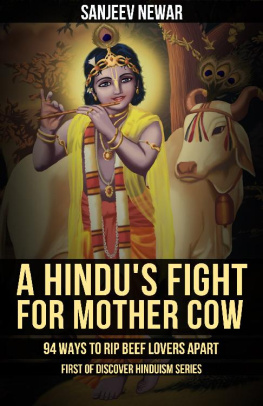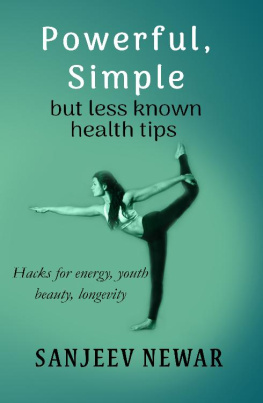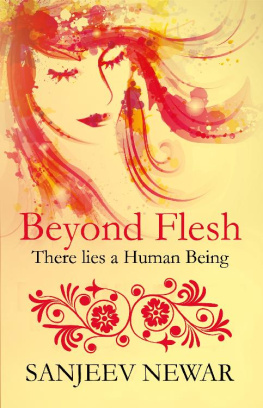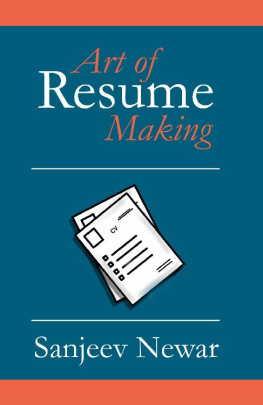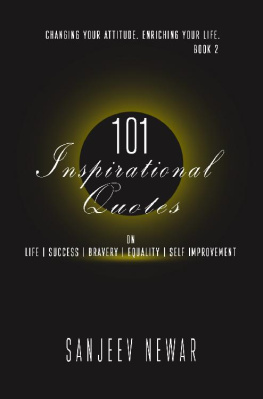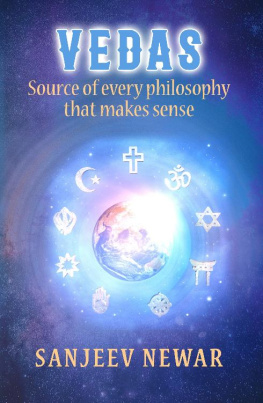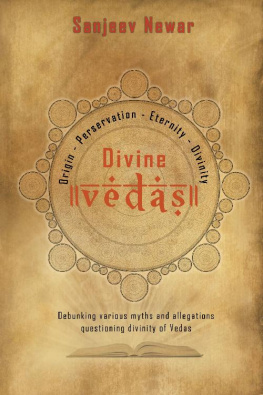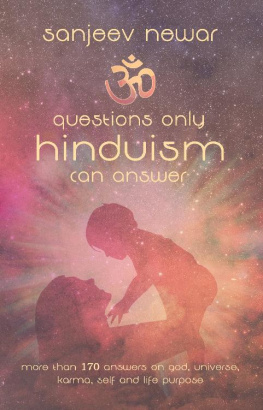THE
HIJAB
DEBATE
Subjugation sold as Freedom
THE HIJAB DEBATE
Subjugation sold as Freedom
Authors: Swati Goel Sharma, Sanjeev Newar
Book Cover Design and Format: Ronak Trivedi
Cover Photo Credit: @mostafa_meraji (unsplash.com)
Publisher: Ritvijam
602, Block A, Naurang House, 21 KG Marg, Connaught Place,
New Delhi 11000
For information contact
First Edition: October 2022
Copyright 2022 by Ritvijam
All rights reserved. This publication may not be reproduced, stored in a retrieval system, or transmitted in whole or in part, in any form or by any means, electronic, mechanical, photocopying, recording, or otherwise, without the prior written permission of Ritvijam.
THE
HIJAB
DEBATE
Subjugation sold as Freedom
AUTHORS
Swati Goel Sharma
Sanjeev Newar
Dedicated to all those men and women in history who refused to compromise with reason under pressures of intolerant forces.
Table of Contents
Preface
Following the Islamic Revolution in Iran in 1978-79, when a pro-Western secular monarchy was replaced by an anti-Western Islamist theocracy, women were told to wear a headscarf that covered their hair, and loose-fitting clothes that did not reveal their figure, in public at all times.
The dress code was mandatory; flouting it could result in monetary fine, jail or flogging.
The largely Shia Muslim-populated Iran had by then witnessed repeated changes in policies over womens veiling. In 1936, then ruler of Iran Reza Shah Pahlavi outlawed Islamic veil. The official order was preceded by state policies that encouraged unveiling, especially in schools where children were made to wear uniform without veil .
Iranian women typically wore an all-enveloping cloak (chador) with face covered. Once enforced, the order gave powers to the police to uncover the face forcibly.
At that time, Iranian women did not have the right to vote or be elected to parliament.
Experts say the order, except in cities such as Tehran where women welcomed it, was largely a failure due to social rejection and backlash by clerics, and even resulted in more women staying home . A century earlier, social norms in Iran were quite different as strict veiling was hardly a feature among Irans lower classes and was largely limited to upper classes.
After Reza Shahs abdication in 1941, his son Mohammad Reza Shah Pahlavi became the ruler. He made the veil optional.
Shia cleric Ayotollah Ruhollah Khomeini, who led the Iranian Revolution and overthrew the Shah, overturned the policy on dress code by making the veil compulsory as he denounced all Western influences.
In a matter of four decades, the veil in Iran thus went from being outlawed to being mandatory. This piece of recent history forms the basis of a recurrent argument in any veil-related debate today that women must be allowed to choose, whether to drop the veil or put it on.
For the ongoing issue over veiling in India, this argument does not quite fit in. India has no history of a king, ruler or government making it punishable for women to cover or uncover themselves in the name of either modernisation or religious orthodoxy. Neither purdah nor ghoonghat has ever been either outlawed or made mandatory by law.
Why is it then that the proponents of headscarves in educational institutes of India repeatedly bring up this argument? One is compelled to conclude it is because the controversy from its inception has been imported from the most orthodox Islamic societies and is drawing from their long-standing tussle with the Western world.
Since independence, the secular Indian government has been introducing non-coercive policies to end the practice of ghoonghat in parts of north India where it continues to be followed. But perhaps because of the pseudo nature of Indian secularism, no government has touched purdah.
Islamic veiling itself was not considered a feature essential to religion in the popular imagination of Indians. The Hindi-Urdu film industry in Mumbai, which has been a massive public influencer for decades, routinely featured casual comic scenes related to purdah, which were never protested by orthodox clerics. The song parda hai, parda hai , sung by Mohammed Rafi for a character named Akbar (played by Rishi Kapoor), was a huge hit and did not court any controversy despite the lyrics talking about forcibly unveiling a Muslim woman ( pardanashin ko beparda na kar dun toh Akbar mera naam nahi hai ).The film, Amar Akbar Anthony, released in 1977, around the same time when Iran was simmering in a fundamentalist uprising.
In 1969, a film named Ek Phool Do Mali featured a song, z ara parda hata do, zara mukhda dikha do . Sung by Mohammed Rafi, the lyrics were about a man (actor Sanjay Khan) persuading a woman to remove the veil.
Such light-hearted teasing and flirting with a veiled woman were acceptable even though the film industry was firmly pro-Islamic while routinely indulging in open mockery of Hindu sentiments and beliefs. Scenes showing men wearing burqa to fool others were commonplace too. This was before the impact of Iranian Revolution on the Indian Muslim psyche.
To continue the story of Iran, the newly formed Islamic Republic of Iran stipulated a sentence of up to 74 lashes for flouting the law.
Protests against the mandatory veil have been since occurring in spurts, beginning from 1979 itself when tens of thousands of women marched in the streets without veil. The protests were quelled by false assurances that the dress code was merely a recommendation.
The stress on veiling grew. Laws on compulsory covering were introduced. Even today, women in public without the veil must pay a monetary fine or stay in jail up to two months . In 2005, the so-called Morality Police (Gasht-E-Ershad) was established as a unit of Irans police force, tasked with enforcing Islamic social codes to promote virtue and prevent vice.
This unit typically comprises of a police vehicle carrying male and female officers that waits at public places to check public behaviour and clothing. Offenders are taken to police station for counselling or fines. There are an estimated 7,000 officers in this police unit.
As we write this in October of 2022, Iran is witnessing its biggest and the boldest protest against veiling and its enforcement through Morality Police in many years.
In September, a 22-year-old woman named Mahsa Amini died after being taken into custody by the Morality Police over inadequate veiling. Although the Iranian state has been insisting that Amini died due to illness, her family and activists have maintained that she was beaten up and tortured by the police.
Street protests that began soon after her death have been steadily growing even after five weeks of her death, despite being seen as leaderless. With protesters raising the chants of death to Khamenei , the agitations are also being seen as an anti-regime movement.
Security forces have been violently cracking down on protesters, with rights groups claiming deaths of more than 200 protesters including 32 minors .
*****
A decade after the Islamic Revolution in Iran against Westernisation, a major controversy, of an entirely different nature, erupted in secular France. In September 1989, three Muslim girl students of Moroccan and Tunisian origins, studying at a junior high school, began coming to the campus wearing headscarves, saying it was required by their faith.
About half of the 873 students in the school, named Gabriel Harvez College, were children of Arab immigrants . The principal threatened to expel the girls, declaring that their attire emphasised religious differences and could be seen as an attempt at proselytising.


